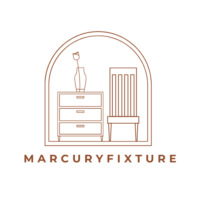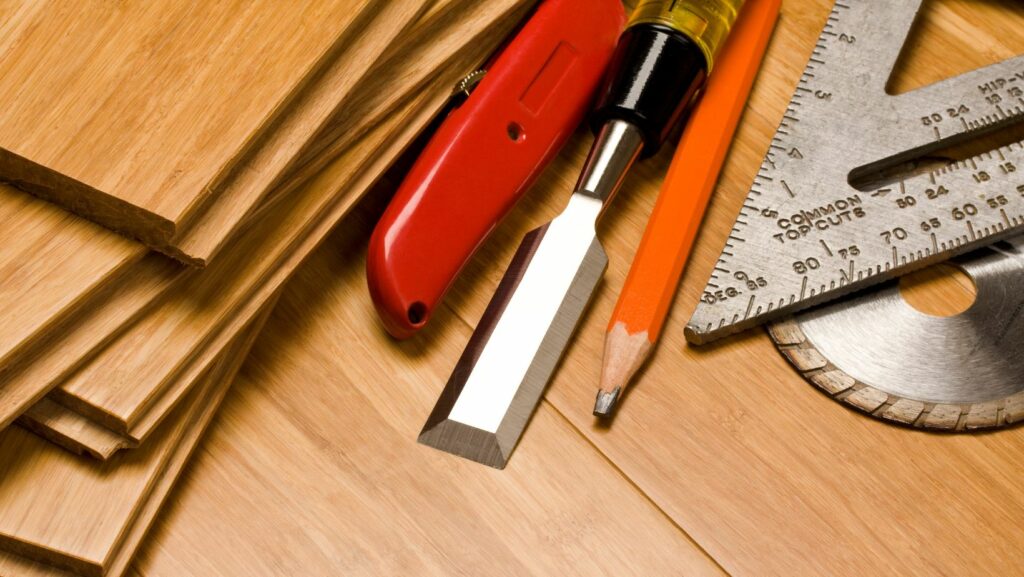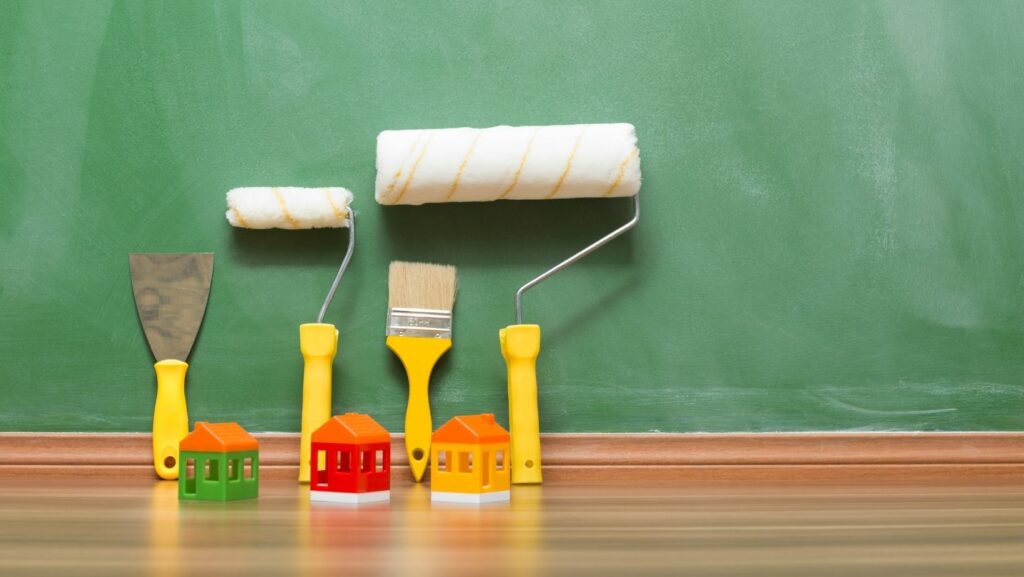Embracing the world of DIY home improvement can be exciting and rewarding. It’s a realm where creativity meets practicality, where the satisfaction of personal accomplishment mingles with the tangible results of hard work. Yet, for many, it’s an uncharted territory, filled with countless possibilities and potential pitfalls.
House DIY

House DIY projects bring a unique allure, sprouting from three main contributors: personal fulfillment, cost-effectiveness, and customization. Engaging in DIY activities often feeds a sense of accomplishment that’s rarely drawn from professional services. Creating a bookshelf, for example, instills a unique satisfaction when observing the finished product, knowing it’s a result of personal effort.
Lastly, DIY projects offer unmatched personalization. Unlike professional services limited by conventional designs and standard fits, DIY activities allow homeowners to create tailor-made solutions. Think about designing a coffee table in the exact size and style you want, offering both functionality and artistic expression.
Planning Your DIY Home Projects
Planning is key for successful DIY home projects. Projects require a clear vision, understanding of the necessary tools and materials, and a comprehensive step-by-step guide. Knowing what to expect paves the way for a smooth execution, mitigates the risk of mishaps, and increases the overall project efficiency.
For instance, suppose one plans on creating a custom piece of furniture. An understanding of required materials, quantity, and prices allows homeowners to budget adequately and avoid unexpected expenses. A thorough guide provides clarity in each step of the process, aiding in achieving the desired outcome.
Methodical planning not only helps maintain the project timeline but it generally increases the success rate of DIY projects. Therefore, anyone embarking on creative DIY ventures must give due consideration to efficient project planning.
Essential Tools for DIY Projects

The transformational journey of DIY home improvement pivots on a critical component – the right set of tools. Essential tools often serve as determinants of project success. For example, a drill, a must-have in every DIY toolkit, aids in creating holes for screws or bolts, facilitating assembly endeavors.
A tape measure provides accuracy in projects, ensuring precision cuts and exact placements. Additionally, electrical tasks may call for wire cutters, giving homeowners the ability to manipulate and cut through wires.
Don’t underestimate the importance of safety equipment. Gloves, goggles, and masks offer protection during projects, safeguarding DIY enthusiasts from potential harm. Remember, preparation defines the difference between an amateur and a seasoned DIYer, and having the right tools in hand supports optimal project execution.
Popular DIY Projects for Beginners
In the realm of DIY home improvement, certain projects stand out as favorites among beginners. They’re known for their simplicity, requiring little experience and basic tools, which include drills, hand saws, and tape measures. Primarily, making floating shelves, painting walls, building a fire pit, and installing a backsplash are popular among DIY enthusiasts.
Floating shelves, using lumber, screws, and a power drill, add a practical, aesthetic element to the decor. Painting walls, given a clear vision of color scheme and brush type, provides a refreshing change. To warm up outdoor spaces, building a fire pit involves only necessities like bricks and mortar, with clear instruction to guide the process. For those eyeing a small yet impactful transformation in their kitchen, installing a backsplash demands tile and adhesive as principal materials. Success in these projects increases confidence, encouraging beginners to tackle more challenging tasks in future. Keep in mind, tools remain integral, bridging the gap between ideas and their successful execution.
Safety Tips for DIY Enthusiasts

Home improvement doesn’t have to be daunting or expensive. With the right tools and a well-planned project, anyone can become a DIY enthusiast. It’s not just about saving money, but also about the satisfaction of creating something with your own hands.
Remember, starting with simple projects like floating shelves or painting walls can boost confidence and pave the way for more complex tasks. It’s important to always prioritize safety when working on DIY projects. Use tools responsibly and don’t rush. Patience is key in ensuring a successful DIY project.



